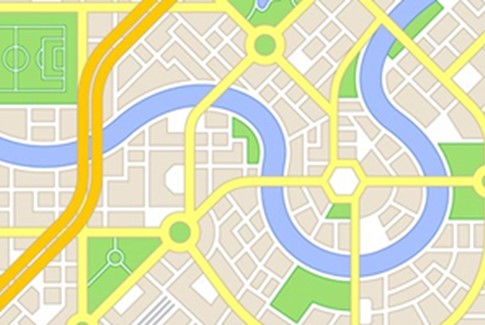Does treated timber vary in colour from one piece to another?
It is quite common for freshly treated timber to have variations in colour between one piece and another. This is due to the relative proportions of heartwood and sapwood in each piece. Heartwood is at the very core of the timber and is naturally more durable. It takes up less preservative than sapwood – the outer area of the timber, which is much more permeable in its nature. This results in an initial variation of colour on treated timber from green (sapwood) to beige (heartwood).
Once the treated timber deck is installed and exposed to the elements over time, the initial strength of colour fades to a warm, honey brown and in the long term will become a natural silver grey all over.
It is very important to use correctly treated timber when installing a timber deck to ensure that you enjoy the maximum possible life from your decking. In most instances, deck boards should be treated to Use Class 3, whereas treated timber that will experience in-ground contact (such as structural posts on a raised decking design) should be treated to Use Class 4.
If you are not sure how your timber has been treated, ask your supplier to give you full details. We would always advise you to choose timber that conforms to the TDCA DeckMark Quality Scheme, which comes with a performance warranty of between 15 and 25 years, depending on timber species and type of treatment.
Do remember that timber is a natural product and variations in character are to be expected – many feel that this is part of its charm and character. Occasionally timber containing high or mobile resin levels can give a blue colouration at the time of treatment. However this fades rapidly into the overall natural green/beige colour. Treated timber processes are designed to ensure that the wood looks as natural as it can over time, once the initial colouration has faded.




